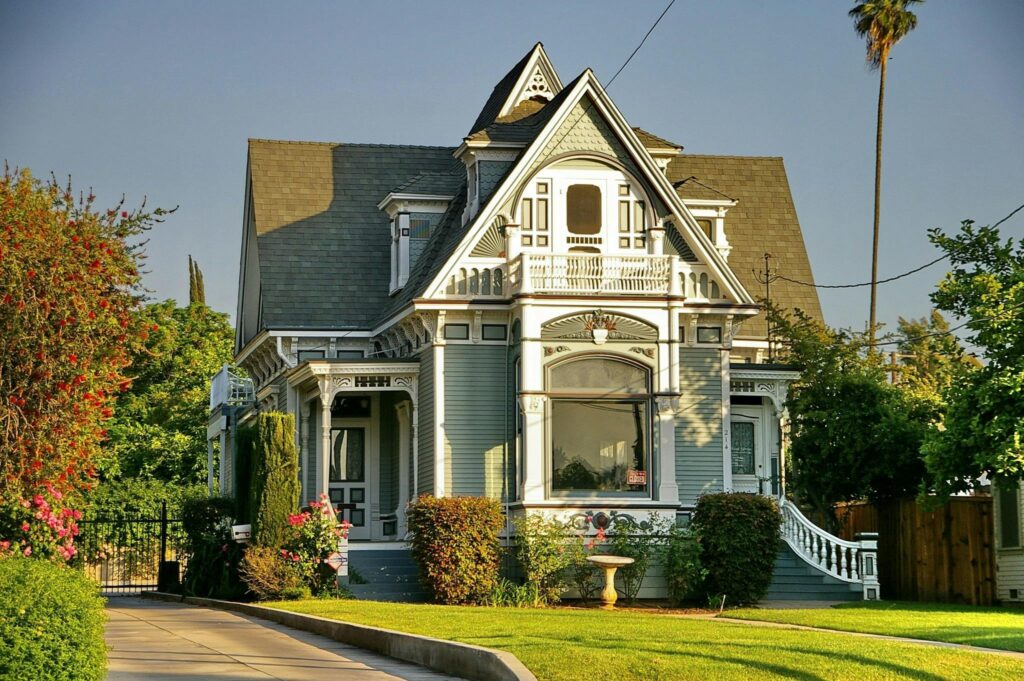Beneath the polished floors and warm lighting of your home lies a space rarely thought about—until trouble emerges. Crawl spaces, basements, and foundations often hold the secret to a home’s longevity and comfort. Overlooking these areas can invite structural headaches, not to mention the slow erosion of your home’s character. Protecting the charm of your home starts by addressing what happens beneath it.
Moisture: The Invisible Enemy
Chronic dampness under your home is more than just an inconvenience. It feeds rot, weakens supports, and fosters mold that creeps upward into living areas. Invest in proper drainage outside first—gutters, downspouts, and grading should all steer water away. Then, inside, consider a vapor barrier in crawl spaces. Sealing vents might feel counterintuitive, but in many climates, it prevents humid air from condensing on cool surfaces.
Don’t overlook insulation either. When installed correctly, it can help regulate temperature and discourage condensation. Moisture isn’t always obvious, so periodic inspections with a hygrometer can keep you informed before problems escalate.
Airflow Isn’t Optional
Homes must breathe, even from the basement up. When stale, humid air stagnates below, it encourages all the things that compromise your home’s integrity—mold, pests, and odors. Strategically placed fans or a dedicated dehumidifier can help keep airflow consistent. Avoid the temptation to seal off everything. Instead, create a balanced system that moves air where it needs to go and limits where it shouldn’t settle.
Smart homeowners think of air circulation as a subtle but essential form of protection. The long-term impact is hard to overstate.
Wood and Soil: A Tenuous Relationship
Any wood-to-soil contact is a direct invitation for decay—and worse. Joists, posts, and even steps that rest directly on earth or unsealed concrete can absorb moisture like a sponge. Over time, this causes sagging floors and shifting frames that are difficult and costly to correct.
If you have exposed wood framing or supports below the house, ensure they are treated, sealed, and ideally raised. Concrete footings or steel supports are a cleaner long-term choice for ground contact.
The Quiet Persistence of Pests
Subterranean invaders creep in over time, and by the time you notice, they’ve already made themselves at home. This is why termite control should be a regular, proactive measure, not a reactive scramble.
Schedule annual inspections and treat vulnerable areas with non-repellent termiticides or bait systems. Once, a small unnoticed entry point may have seemed harmless, but left alone, it invites the kind of structural damage that undermines everything above it. Treat the earth under your home with the same attention as your front porch.
Foundation Maintenance: Not Just for the Fixer-Upper
Cracks, even hairline ones, can widen over time due to shifting soil, hydrostatic pressure, or neglect. Periodically walk the perimeter of your home. Look for signs of settling, efflorescence (white powdery residue), or bulging walls.
Use flexible sealants for small cracks and consult a foundation specialist for anything that looks concerning. Staying ahead of these changes is more than just about preventing repairs—it’s about preserving the character and solidity of your home from the base up.
The quiet work of maintenance below your home rarely earns compliments or curb appeal points. But this hidden foundation supports everything visible that makes your home uniquely yours. By paying attention to the ground you rarely see, you protect the charm that drew you to the house in the first place.

